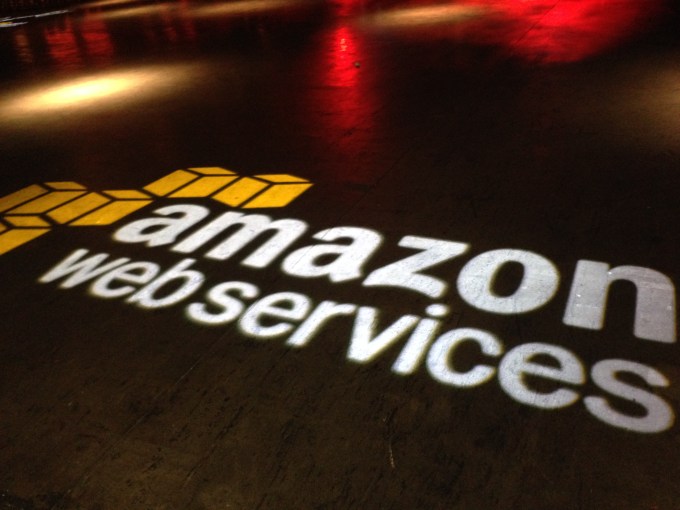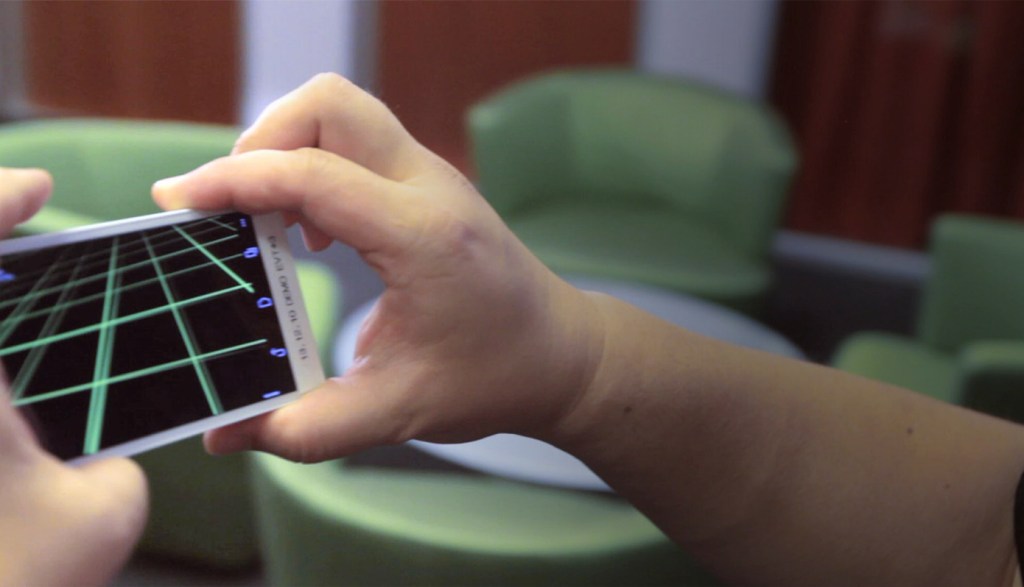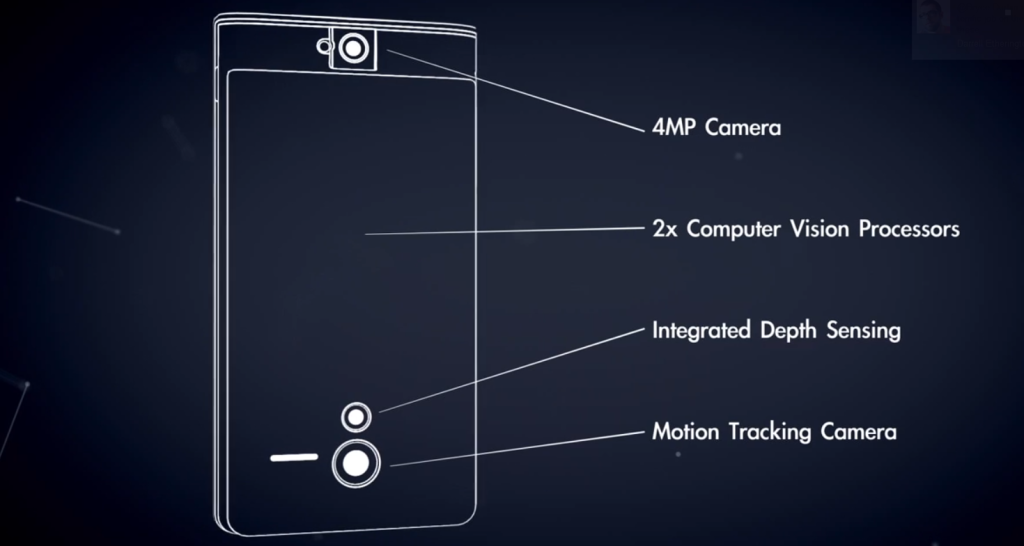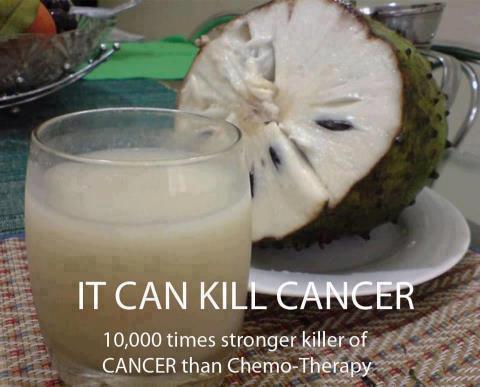
Keith Vanderlinde/NSF
The BICEP2 telescope at the South Pole may have spied gravitational waves — or dust.
This year may be best remembered for how quickly scientific triumph morphed into disappointment, and even tragedy: breakthroughs in stem-cell research and cosmology were quickly discredited; commercial spaceflight faced major setbacks. Yet landing a probe on a comet, tracing humanity’s origins and a concerted push to understand the brain provided reasons to celebrate.
Space race expands
Asian nations soared into space this year. The Indian Space Research Organisation put a mission into orbit around Mars — the first agency to do so on its first try. Japan launched the Hayabusa-2 probe, its second robotic voyage to bring back samples from an asteroid. And even as China’s lunar rover Yutu (or Jade Rabbit) stopped gathering data on the Moon’s surface, mission controllers took the next step in the country’s lunar exploration programme by sending a test probe around the Moon and back to Earth.
But for commercial spaceflight, it was a bad year. Virgin Galactic’s proposed tourism vehicleSpaceShipTwo disintegrated during a test flight in California and killed one of its pilots. That came just three days after a launch-pad explosion in Virginia destroyed an uncrewed private rocket intended to take supplies to the International Space Station. The accident wiped out a number of research experiments destined for the station, whose managers are trying to step up its scientific output. Problems on the station also delayed the deployment of a flock of tiny Earth-watching satellites, nicknamed Doves, which are part of the general trend of using miniature ‘CubeSats’ to collect space data.
On a bigger scale, the European Space Agency successfully launched the first in its long-awaited series of Sentinel Earth-observing satellites.
Comets call
After a decade-long trip, the European Space Agency’s Rosetta spacecraft arrived at comet 67P/Churyumov–Gerasimenko in August and settled into orbit. Three months later, Rosetta dropped the Philae probe to 67P’s surface, in the first-ever landing on a comet. Philae relayed science data for 64 hours before losing power in its shadowy, rocky landing site.
Meanwhile, a flotilla of Mars spacecraft — probes from India, the United States and Europe — had an unplanned close brush with comet Siding Spring, which zipped past the red planet in October at a distance of 139,500 kilometres — about one-third of the distance from Earth to the Moon. NASA rovers continued to trundle along on the Martian surface: Curiosity finally reached the mountain that it has been heading towards since landing in 2012, and Opportunity passed 40 kilometres on its odometer, breaking a Soviet lunar rover’s distance record for off-Earth driving.
Human origins decoded
The search for planets beyond the Solar System also got a huge boost. In February, the team behind the now mostly defunct Kepler spacecraft announced that it had confirmed the existence of 715 extrasolar planets, the largest-ever single haul. Kepler data also revealed the first known Earth-sized exoplanet in the habitable zone of its star, a step closer to the long-sought ‘Earth twin’.
Considering that they have been dead for around 30,000 years, Neanderthals had a hell of a year. Their DNA survives in non-African human genomes, thanks to ancient interbreeding, and two teams this year catalogued humans’ Neanderthal heritage. Scientists learnt more about the sexual encounters between Homo neanderthalensis and early humans after analysing the two oldest Homo sapiens genomes on record — from men who lived in southwest Siberia 45,000 years ago and in western Russia more than 36,000 years ago, respectively. The DNA revealed hitherto-unknown human groups and more precise dates for when H. sapiens coupled with Neanderthals, which probably occurred in the Middle East between 50,000 and 60,000 years ago. Radiocarbon dating of dozens of archaeological sites in Europe, meanwhile, showed that humans and Neanderthals coexisted there for much longer than was once thought — up to several thousand years in some places.
Genomes old and new charted the emergence of agriculture. Contemporary Europeans carry DNA inherited from light-skinned, brown-eyed farmers who migrated from the Middle East beginning 7,000–8,000 years ago, in addition to more-ancient ancestry. The achievements of these early farmers — domestication of crops such as wheat and barley — are also being understood through genome sequencing. In July, a consortium reported a draft copy of the gargantuan wheat genome, which contains 124,000 genes and 17 billion nucleotides. Another group released the genomes of 3,000 rice varieties.
Genomes of the future may soon carry added information. Scientists in California engineeredEscherichia coli bacteria to include two chemical nucleotides in their genome in addition to the four that all other life forms use. The next step is to harness the expanded genetic alphabet to produce new kinds of protein. An effort to synthesize an entire yeast genome produced its first chromosomethis year.

At the one-year mark, there is no telling when the Ebola epidemic in West Africa will end.
Ebola toll rises
The Ebola epidemic that ravaged West Africa this year is the largest since the virus was discovered in 1976 — and it exposed major gaps in the world’s ability to respond to emerging infectious diseases. By mid-December, around 6,800 people had died in Guinea, Liberia and Sierra Leone.
The first case in the epidemic is thought to be that of a two-year-old in Guinea, who died in early December 2013. A genetic analysis of viral samples suggests that the epidemic began with a single animal-to-human transmission.
Early on, much media attention was focused on experimental drugs, including the antibody cocktail ZMapp, but infectious-disease experts have emphasized the need to expand access to treatment and to implement basic epidemiological measures such as tracing contacts of infected people.
Fears that the epidemic would expand to other countries have proved unfounded; small numbers of cases in Mali, Nigeria, Senegal, Spain and the United States were isolated quickly, and onward spread was limited.
November brought encouraging results from the first safety trials of an experimental Ebola vaccine in healthy human volunteers, with efficacy trials of this and other vaccines set to begin in West Africa early in 2015. Experimental drugs as well as treatments that involve dosing Ebola patients with ‘convalescent’ blood and serum from survivors are also in tests. But major questions about the virus’s biology remain to be answered.

Monkeys: Niu et al., Cell. River: Pete Mcbride/Natl Geographic Soc./Corbis. Pills: Andrew Aitchison/Corbis. Submersible: AIVL/WHOI. Medal: Stefan Zachow. Volcano: Lukas Gawenda/imageBROKER/Corbis
Expand
Big dust bust
The BICEP2 experiment flexed its muscles in March, when astronomers reported evidence of gravitational waves from the Big Bang — seeming confirmation of cosmic inflation, the initial exponential expansion of the Universe. But it quickly emerged that the BICEP2 radio telescope, located at the South Pole, may actually have detected a signal distorted by cosmic dust; this theory is supported by results from the European Space Agency’s Planck satellite, announced in September. The BICEP2 and Planck teams are set to release a joint analysis soon that should provide a definitive answer to the gravitational-wave quandary.
China advanced plans for an electron–positron supercollider to study the Higgs boson, and is considering an even more ambitious goal: a next-generation super proton–proton collider at the same, as-yet-unbuilt facility.
Graphene showed new-found vulnerability, as scientists discovered that the material — the world’s thinnest and strongest — allows protons to pass through it. This suggests new applications in hydrogen fuel cells, or perhaps a membrane that can collect hydrogen from air. (On a lighter note,Nature Materials published a recipe in April for how to make graphene in a kitchen blender — but for various disappointing yet practical reasons, the recipe is not recommended for home use.)
HIV hopes dashed
For HIV researchers, 2014 brought a steady stream of bad news. Last year, physicians said that the ‘Mississippi baby’, a child born with HIV, was cured by aggressive early treatment with antiretroviral drugs. But in July, researchers announced that the child, now four years old, had detectable levels of HIV in her blood. Her story echoed that of two men treated in Boston, Massachusetts, who had been virus-free for several years after bone-marrow transplants; in December 2013, word came that they had relapsed.
In July, the International AIDS Conference in Melbourne, Australia, was rocked by the loss of six delegates, including famed clinical virologist Joep Lange of the University of Amsterdam. They died en route to the meeting when their plane — Malaysia Airlines flight MH17 — was shot down over Ukraine.
A few promising results emerged this year, such as the debut of a treatment that makes immune cells resistant to HIV by editing their DNA, and the discovery of two HIV-infected Australian men whose stem-cell treatments for cancer rendered their virus undetectable — so far.
Brain gains
Unprecedented advances in nanotechnology and computing have helped to drive the emergence of ambitious projects to understand the brain. This year, many such efforts reached major turning points — not all of them positive. In July, the European Union’s flagship project to model the brain in a supercomputer faced a mutiny. In a protest letter to the European Commission, more than 150 key scientists charged that the billion-euro Human Brain Project had become autocratic and was veering away from its scientific goals; they threatened to withdraw their cooperation unless the programme’s management was overhauled. The sides are now in mediation, and a revised research plan is expected early in 2015.
More peaceably, the US BRAIN (Brain Research through Advancing Innovative Neurotechnologies) Initiative awarded its first grants this year. Japan joined the global brainwave in October, when it announced a bold ten-year project called Brain/MINDS (Brain Mapping by Integrated Neurotechnologies for Disease Studies) that will map the marmoset brain to aid studies on human neurological and psychiatric diseases.

David McNew/Getty
A dry California waited for an El Niño to bring rain.
Mercury rising
For many climate scientists, the past several months have been a frustrating exercise in waiting for an El Niño — a powerful warming event in the eastern Pacific that was forecasted, but which never arrived. Even so, 2014 is likely to rank as the hottest since modern records began about 140 years ago — just beating 1998, 2005 and 2010, which are in a statistical dead heat.
Scientists still debate the causes of the relatively slow warming trend over the past 15 years. One thought-provoking study published this year attributes the warming pause to periodic changes in ocean circulation that carry heat to the deeper layers of the Atlantic and Southern oceans. Another analysis argues that the slowdown has been driven by warming of the Atlantic Ocean, which then caused the eastern Pacific to cool.
On the policy front, the Intergovernmental Panel on Climate Change wrapped up its fifth assessment report in November, warning of “severe, pervasive and irreversible impacts for people and ecosystems” if greenhouse-gas emissions continue. The United States and China seemed to declare a climate truce, with fresh pledges to reduce their greenhouse-gas emissions — raising hopes that developed and developing nations will meet their goal of agreeing on a new international climate treaty at talks in Paris in 2015.
Stem-cell drama
The year started out with a stem-cell boom. In January, researchers at the RIKEN Center for Developmental Biology (CDB) in Kobe, Japan, announced a surprising discovery: an unexpectedly fast and easy way to make pluripotent stem cells by immersing mature cells in acid or applying physical pressure. But the studies, published in Nature, were found to contain manipulated figures and images, and efforts to replicate them failed. The papers were retracted in July. In August, a co-author from the CDB — Yoshiki Sasai, a pioneer of regenerative medicine — took his own life.
In September, the beleaguered CDB got a bit of good news, as centre ophthalmologist Masayo Takahashi led the first clinical trial of induced pluripotent stem (iPS) cells. Fresh hope was also given to the world’s first clinical trial of embryonic stem cells to treat spinal-cord injury, which was restarted after an abrupt shutdown in 2011.
In another advance, Douglas Melton of Harvard University in Cambridge, Massachusetts, worked out how to create insulin-creating β-cells from stem cells — a finding that could lead to new treatments for type 1 diabetes if researchers can keep the immune system from attacking the cells. Meanwhile, ‘right-to-try’ laws have emerged in several US states, allowing the use of unproven stem-cell therapies; in Japan, new clinical guidelines allow stem-cell treatments to enter the clinic without a rigorous efficacy trial — raising bioethical concerns.
Frightening finds
What biohazards live in your refrigerator? On 1 July, US government researchers found six vials of 60-year-old smallpox virus in a storage room at the US National Institutes of Health (NIH) campus in Bethesda, Maryland.
The discovery drew attention to biosafety lapses at US government laboratories, including revelations by the Centers for Disease Control and Prevention that its researchers had mishandled anthrax spores and accidentally shipped dangerous H5N1 influenza virus to another laboratory. In August, an NIH ‘safety sweep’ produced a 100-year-old box that contained dangerous pathogens and the toxin ricin.
The incidents renewed debate on whether the benefits of some pathogen research are outweighed by its potential dangers. In mid-October, the White House shocked researchers by announcing that it would not fund new ‘gain-of-function’ studies that engineer pathogens — such as influenza virus — to become more deadly or transmissible. It also asked researchers to pause ongoing gain-of-function experiments. The NIH went a step further — it ordered about 20 projects that it funds to halt while two advisory groups examine the risks and benefits of such research over the next year.

































